A few weeks ago, I gave a glimpse into the new Arizona house that was running on a late 2000s-era Netgear Powerline adapter to connect the AV closet in the theater room to the office/ bedroom at the far side of the house. Upgrading to more modern TP-Link adapters was underwhelming for 15 years of technological advancement. A lot of folks had a lot of great feedback. For many, they experienced the same as I did. For some, they swear by the technology, especially if they are outside of the US. Others noted that I should have used G.hn Wave 2 adapters. As such, I bought a few NexusLink G.hn Wave 2 2000 Powerline adapters, and it was time to try out the technology to see what kind of performance we would get.
NexusLink G.hn Wave 2 2000 Powerline Adapters
The NexusLink units are similar in form factor to the TP-Link units we looked at in the previous piece. Here are the TP-Link adapters:
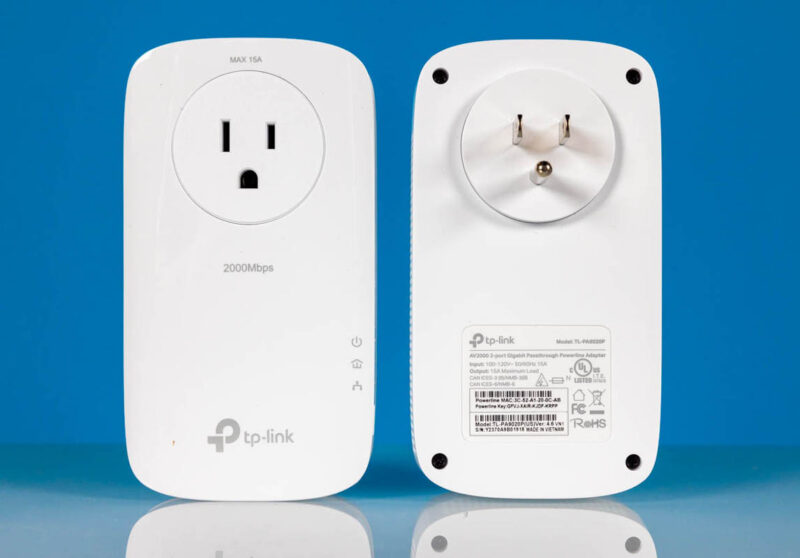
Update: We have a quick (under 30 seconds) video of these here:
Here are the NexusLink adapters:
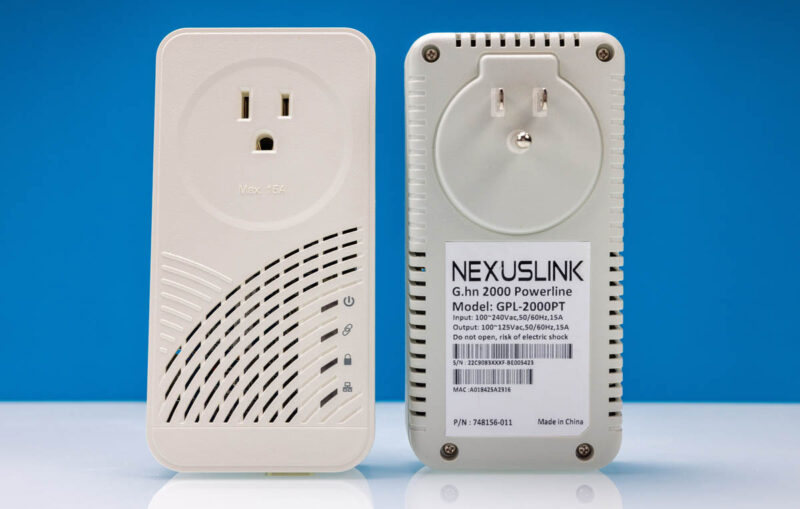
On the front we get status LEDs and a pass-through plug.
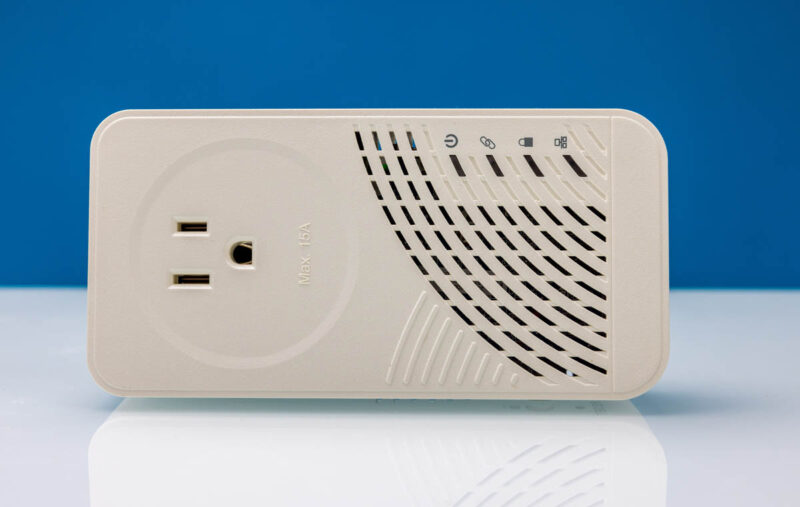
On the back, we get the wall plug and the label.
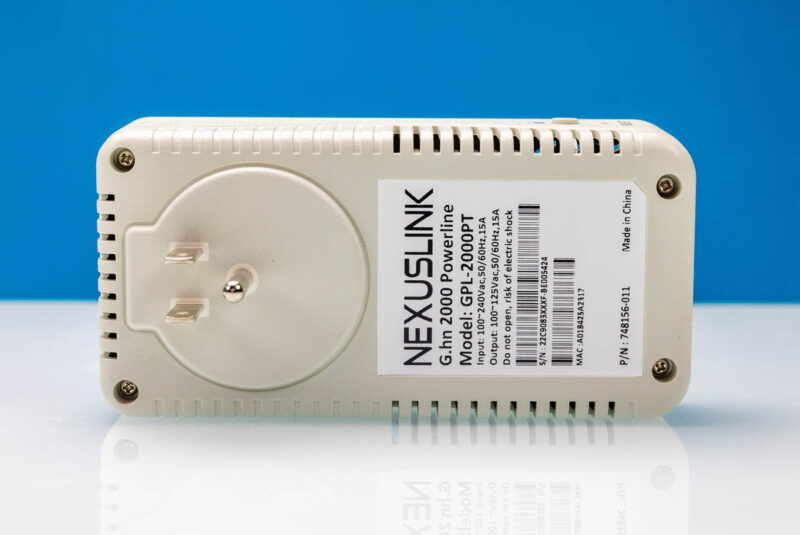
On the bottom, there is a single Ethernet port. One of the nice features of Powerline networking is that it tends to be very plug-and-play.
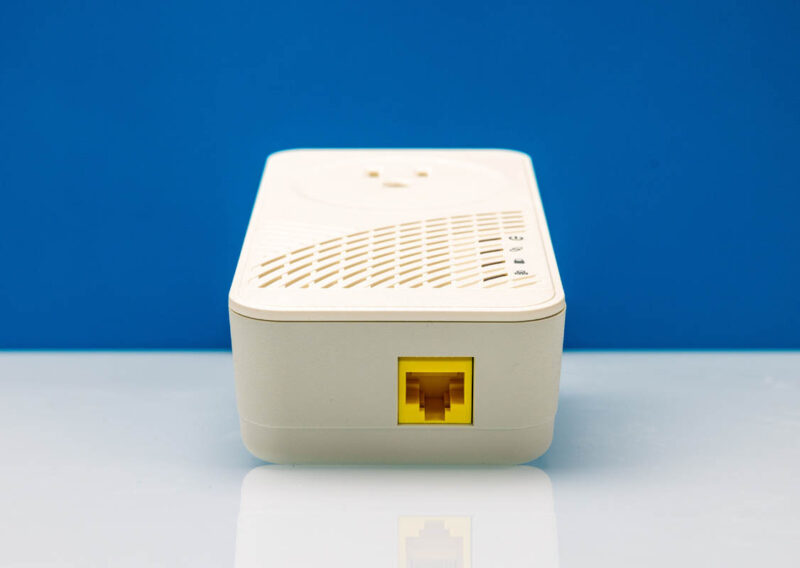
I also want to point out that NexusLink has other adapters. For example, the NexusLink GPL-2000PoE does not have a pass-through plug, but instead provides power for PoE+ devices.
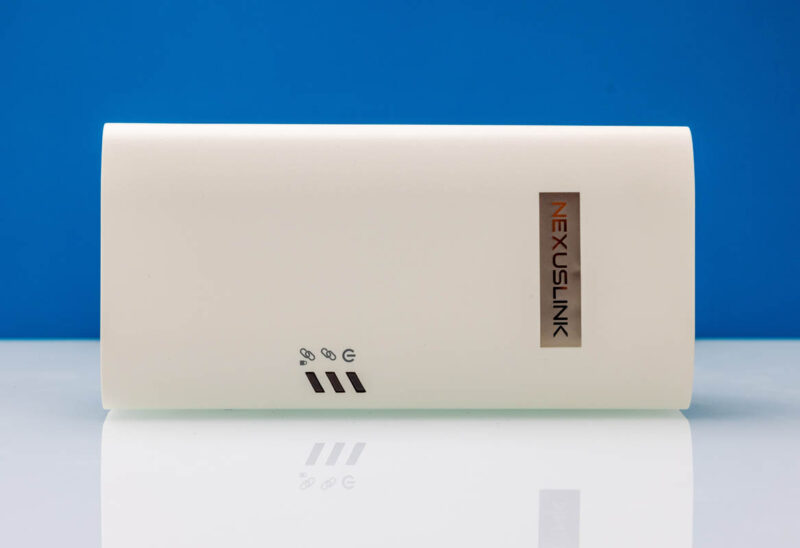
On the back, we can see the plug and label with the Comtrend label still visible underneath.
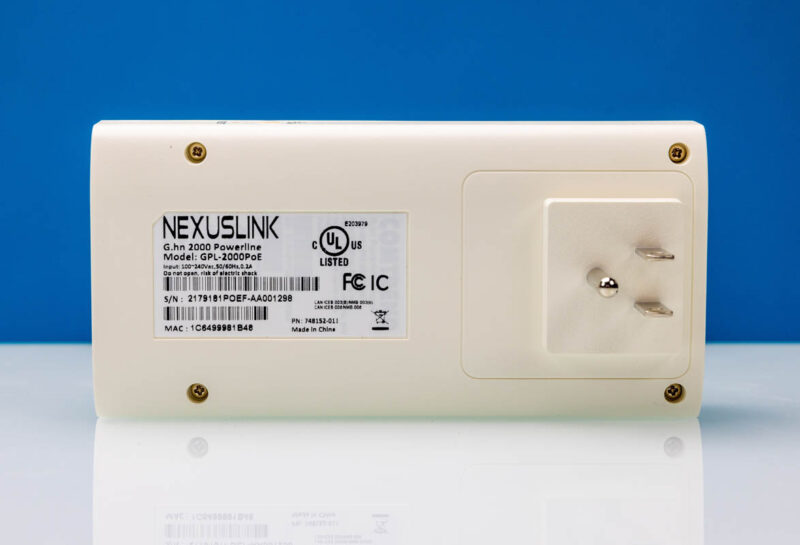
Here are the two PoE+ ports.
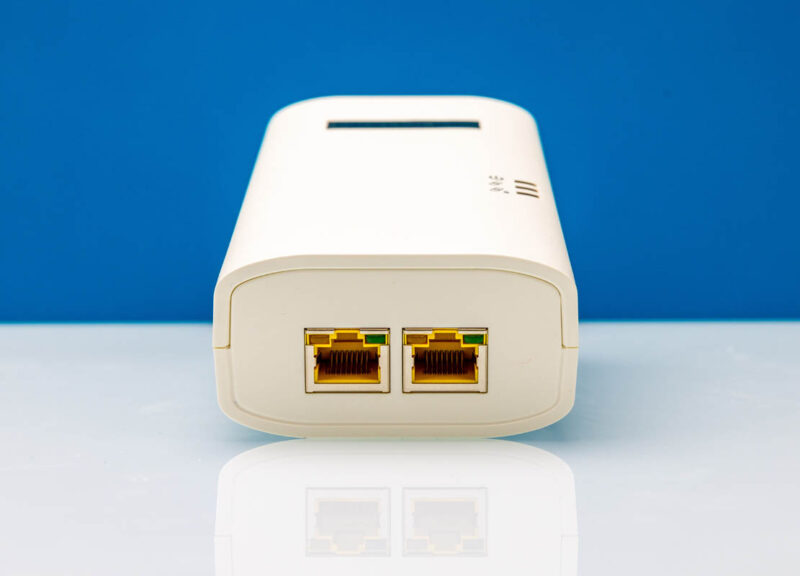
I can imagine that is quite useful for a use case like adding a PoE camera to a garage or another area that may not have WiFi.
We will have links to these adapters at the end of this piece, but we paid $65 for the pair of adapters and $90 for the PoE adapter. $65 for a pair of units to plug in and get going easily is great. That is also a lot of the appeal for folks buying something like this. The previous owner still had ancient Netgear Powerline adapters from around 2009 since it was easy to use.
The big question is performance. Is G.hn faster? The answer is a lot of maybe, and it depends on which metric you use.

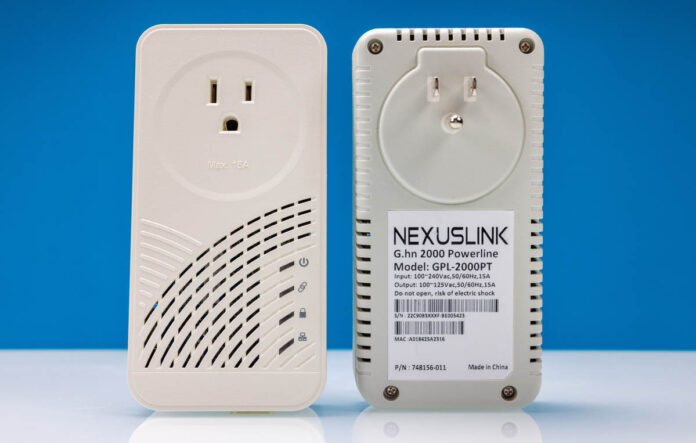



Using the same wave 2 adapters in my 1950s home that has had numerous additions and renovations over the years, multiple fuse panels, etc. A real hodgepodge of wiring. I get around 300 mbps across the house on g.hn wave 2. Not sure why your house has such poor performance.
It’s obvious by now you need an electrician to check your house thoroughly, something is obviously very very wrong…..
There seems to be assumption here that his wiring is nonstandard or wrong.
Reading the articles shows the reality is likely much more simple. The other side of his house he is connecting to is on the other side of the panel, or to say more exactly, the other side of the transformer.
This is the large and known issue with power line networking. You have to have luck that your outlets are on the same transformer leg.
If you are not, you are going to lose speed from the transformer even if it is on the light pole outside your house. It will be worse if you have a community wide transformer that is down the block.
Also, this is mainly an American 110v issue. Countries running 220v or 240v do not have a split transformer and the whole house is reasonably used by power line networks.
If you’re saying it’s the wiring’s fault you’re part of the problem. This is e-x-a-c-t-l-y what so many people experience with this tech. I don’t think it’s like 10% or less. It’s like 50%. I do SMB and high $ home installations and we see more than half of our new clients that tried powerline are having massive issues like this. Dozens of clients a year.
Good on STH for highlighting this and following up with g.hn.
Noise sources (mainly switching power supplies) on the same circuit or worse at the same outlet tend to knock the speed down quite a bit. The other speed killer is modern AFCI/GFCI circuit breakers. Older homes have an advantage here.
I used AV1200 adapters for years and got a fairly steady 60Mbps in each direction. They’re generally not a good replacement for Wi-Fi but for select use cases I’m happy they exist.
The thing that people miss about powerline vs. WiFi is that WiFi is a zero-sum game. If you can offload some fixed loads from even your 6E network, that seems like a great plan, right?
My laptop, tablet, phone, game player? Need WiFi. My media player? Right now it runs on WiFi because I don’t have a cat5 drop handy but especially since I recently upgraded to 4k video, it’s just a wifi drain for no good cause. (Can I find my Amazon Fire Stick USB to 100baseT adapter? No so I’ll have to buy a new one…)
But I think there’s a real role for this technology as an alternative to WiFi when you can’t add new Cat5E drops easily.